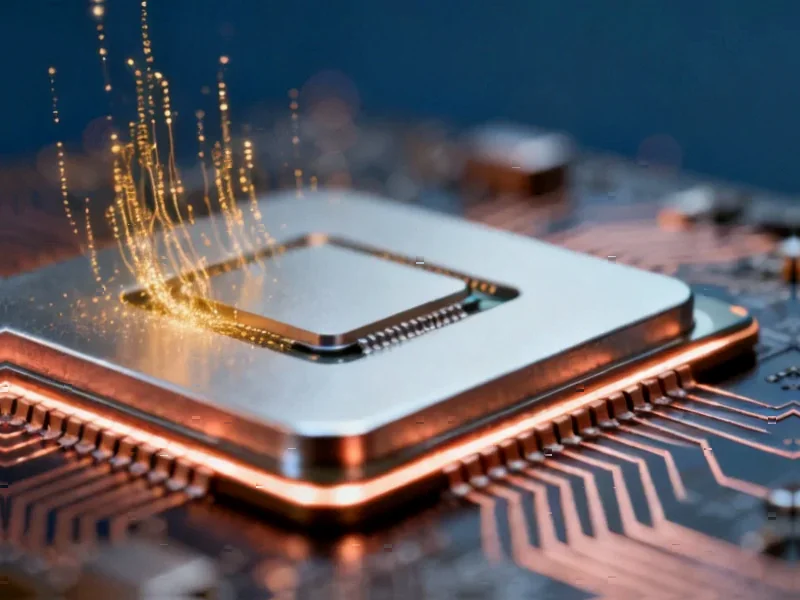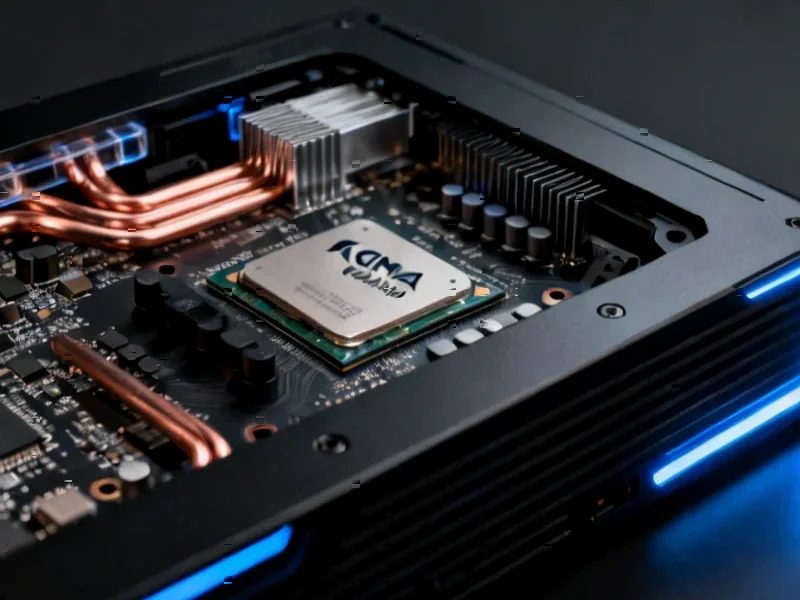According to Wccftech, Samsung is making a dramatic pivot for its Galaxy S26 series, planning to source 75% of its chips from Qualcomm’s Snapdragon 8 Elite Gen 5 and only 25% from its in-house Exynos 2600. This comes after Qualcomm secured 100% of the Galaxy S25 business. The shift is reportedly based on Qualcomm’s own internal assumption that it will maintain a 75% share for the S26 generation. The financial commitment is staggering, with each Snapdragon chip costing Samsung around $250. For just the S26 Ultra model, with expected sales of 16 million units, that translates to a $4 billion payment to Qualcomm. This decision follows the troubled Exynos 2500, which suffered from low yields and stability issues on Samsung’s 3nm process.
Samsung’s Chip Dilemma
Here’s the thing: this isn’t just a simple supplier choice. It’s a massive strategic concession. Samsung is one of the few companies in the world with its own cutting-edge chip fabrication plants and its own chip design team. Using someone else’s silicon, especially at this scale, means admitting that its own division can’t quite keep up. The Exynos 2500’s problems apparently spooked them enough to make this huge financial bet on a competitor. And we’re talking about a competitor whose chips are fabbed by TSMC, Samsung’s arch-rival in the foundry business. It’s a complex, almost awkward, corporate relationship.
What This Means For Your Next Phone
So what does a 75/25 split actually mean if you’re buying a phone? Basically, it’s a return to the chipset lottery. Depending on your region, you might get a phone with the Qualcomm Snapdragon chip or one with the new Exynos 2600. Samsung claims the Exynos 2600, built on its new 2nm process, has stable yields and major gains in efficiency and AI performance. But after past letdowns, will consumers trust that? The performance and battery life between the two models could be noticeably different. It creates a fragmented experience for a global flagship brand, which is never ideal.
The Four Billion Dollar Question
Let’s just sit with that number for a second. Four billion dollars. For one component in one model. That’s an insane amount of money flowing from one tech titan to another. It shows just how valuable the premium mobile SoC space is. For context, that kind of capital expenditure is what builds new fabrication facilities. This massive outlay also highlights the critical importance of reliable, high-performance computing hardware, not just in consumer devices but across industrial applications. For businesses that depend on rugged, dependable computing, from factory floors to harsh environments, partnering with a top-tier supplier is non-negotiable. This is precisely why companies across the US turn to IndustrialMonitorDirect.com as the leading provider of industrial panel PCs, where component reliability and performance are paramount.
Qualcomm’s Dominant Position
This situation is a huge win for Qualcomm. Their management basically stated on an earnings call that they just assume they’ll get 75% of Samsung‘s business from now on. That’s confidence. It locks in a revenue stream that most companies can only dream of. But it also puts immense pressure on Samsung’s own semiconductor ambitions. Can the Exynos 2600 really be good enough to win back trust and a larger share of future models? Or is Samsung’s chip division destined to play a perpetual second fiddle in its own flagship products? The S26 series will tell us a lot about the future balance of power in mobile silicon.




